Transforming Concepts into Reality
Please do not edit this part, it controls the Engineering logo inside the hero-banner.

Engineering on a Mission
LLNL’s Engineering Principal Directorate is a multidisciplinary, collaborative organization known for achieving breakthroughs in areas vital to our national security missions—from nuclear security and deterrence to cybersecurity to renewable energy. Our areas of expertise include materials engineering and manufacturing, computational engineering, optics and photonics, bioengineering, data science and machine learning, and sensing and diagnostics.
Please do not alter or edit this area. This generates the image borders.
border-box-0
border-box-1
border-box-2
Latest News
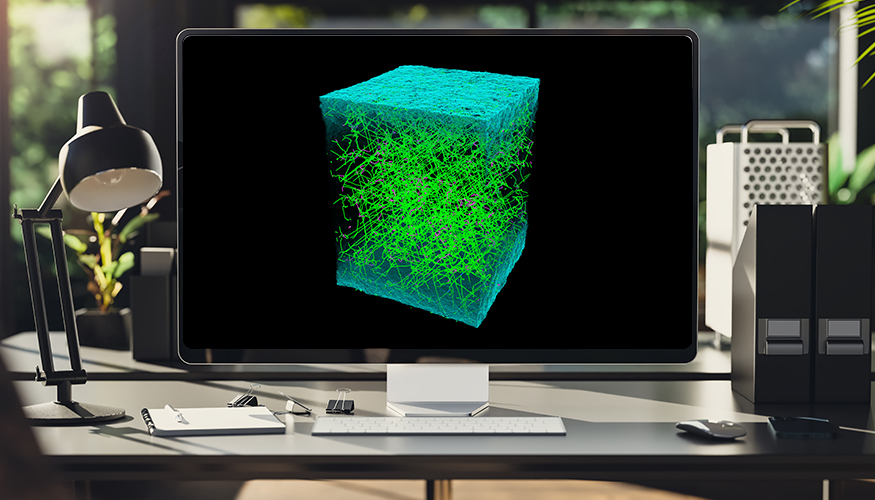
Predicting metal plasticity with quantum-accurate crystal modeling
A Lawrence Livermore National Laboratory (LLNL) team recently described a new approach to developing models of crystal plasticity by calibrating their models against high-fidelity molecular dynamics (MD) simulations. To illustrate their approach, they focus on body-centered cubic (BCC) single crystal tantalum (Ta) which was modeled with a quantum-accurate interatomic potential.
Help Us Build the Future of Engineering
From machinists to researchers to professional staff, Engineering is at the heart of LLNL. Learn how you can join in our mission.
Engineering | Livermore, CA | 2024-05-03T22:03:45.117Z
Engineering | Livermore, CA | 2024-05-03T16:25:07.920Z
Engineering | Livermore, CA | 2024-05-02T17:15:04.332Z
Engineering | Livermore, CA | 2024-05-02T15:42:47.287Z
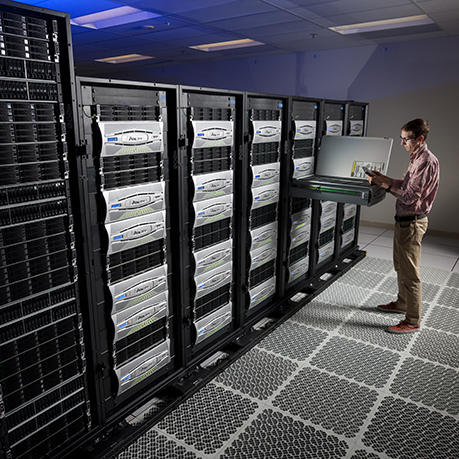
Research and Innovation
Engineering at LLNL integrates theory, experimentation, and simulation to produce groundbreaking technologies aimed at addressing national security challenges. At the same time, many of our leading-edge concepts and innovations have been translated into commercial products that improve everyday life in novel and practical ways.
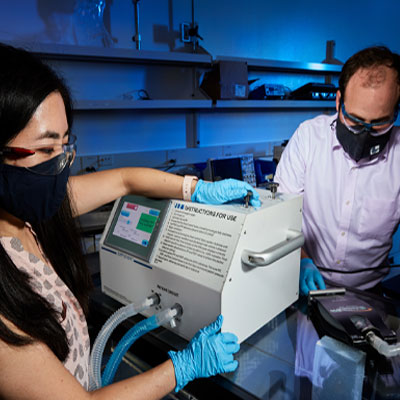
Bioengineering
Addressing challenges to human health and safety—from modeling antibodies’ potential to anticipating bioterrorism, LLNL has a long history of delivering bioengineering enabled solutions.
Learn More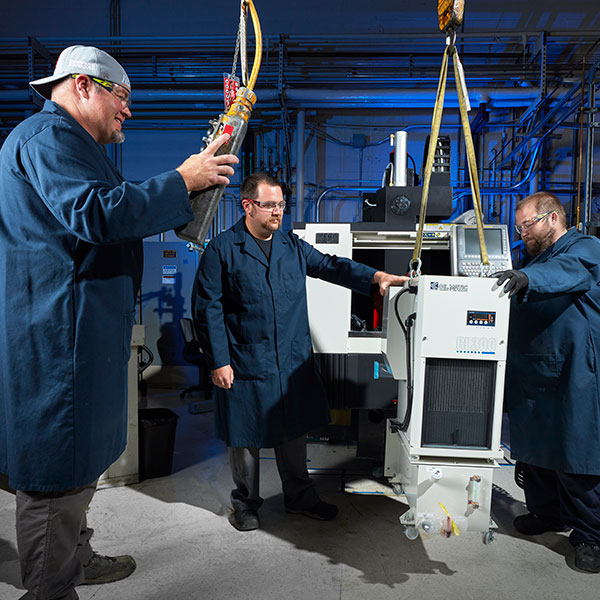
Advanced Manufacturing and Materials Engineering
Trailblazing materials science and engineering innovation and advanced manufacturing to design and fabricate unique structures and components, micro-nano technologies, and more as we support endeavors across LLNL.
Learn More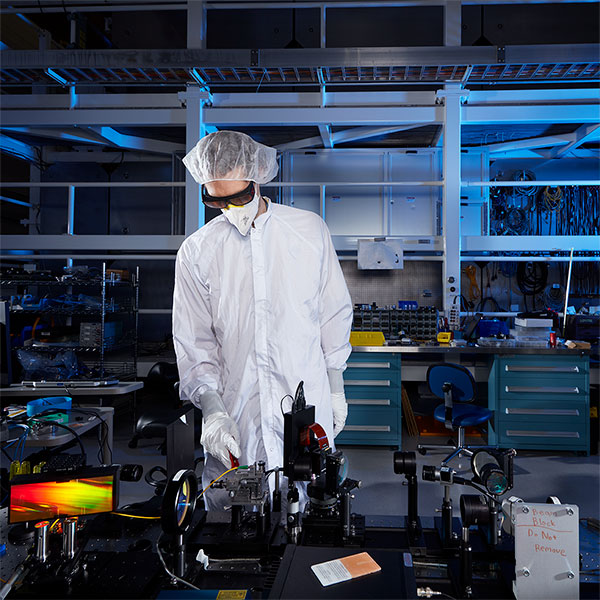
Optics and Photonics
Designing and operating the optical systems and photonics associated with our National Ignition Facility (NIF), telescopy, and micro- and nanotechnologies.
Learn More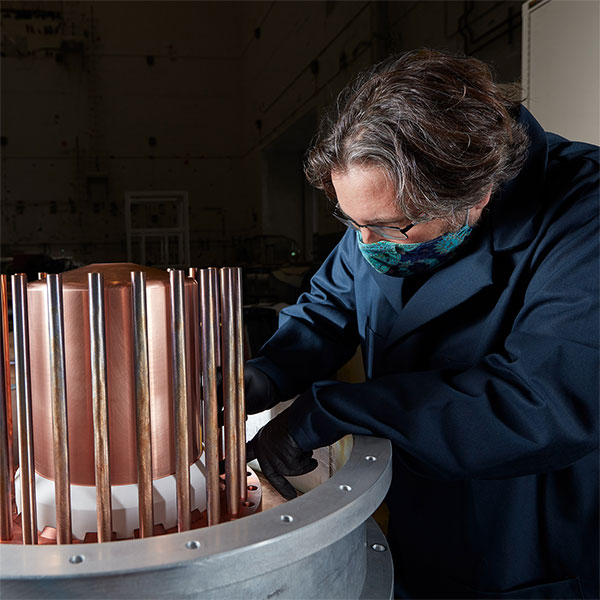
Systems Engineering
Engaging in readiness activities aimed at stockpile custodianship, explosives material development, and initiation systems. This area includes space science engineering, sensor development, technology maturation, and weapons engineering.
Learn More
Computational Engineering and Data Science
Exploring the world virtually, through modeling and simulation or data science, is an essential complement to physical experimentation, permitting us to examine broader ranges of behavior and potential design solutions.
Learn MoreOur Mission
LLNL Engineering provides the research, design, and execution behind some of the world’s most rigorous and complex engineering projects to support the Lab’s government-funded missions. We also collaborate with industry and academia to develop some of the world’s most sophisticated products, processes, and specialized instruments.
Please do not edit anything in this area.




